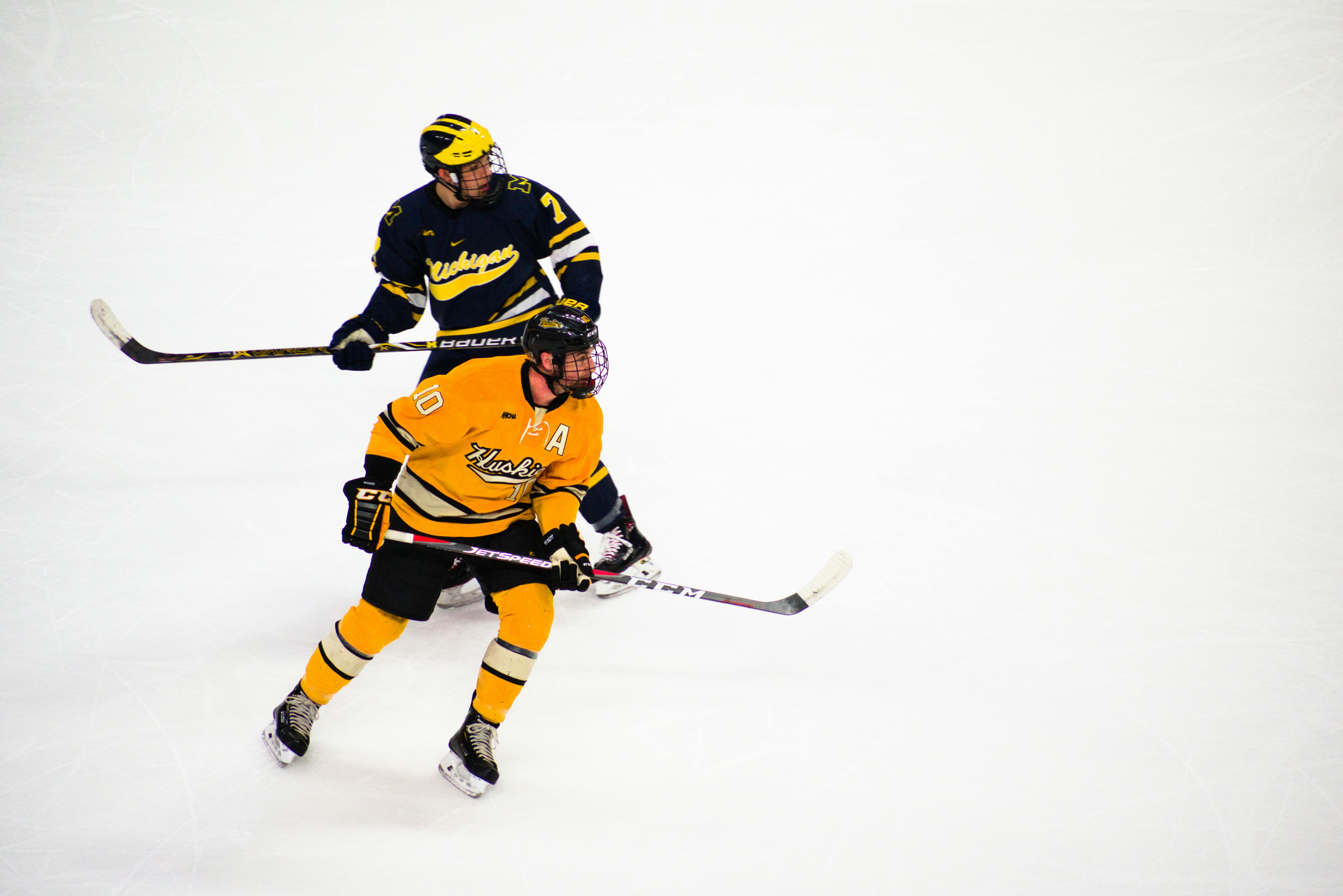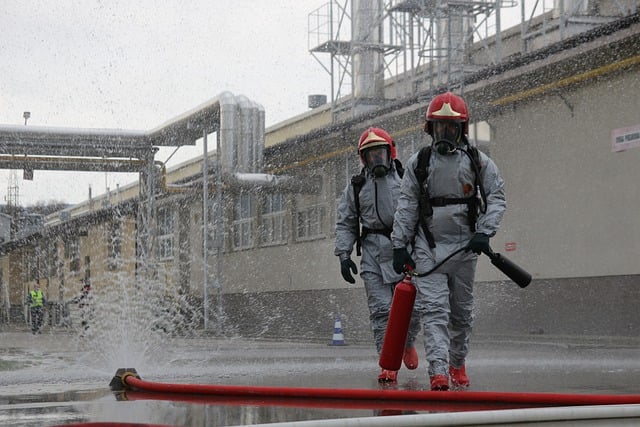The Intricate Dance of Ice Hockey: An In-depth Analysis
From the frozen ponds of 19th-century Canada to the gleaming arenas of today’s National Hockey League (NHL), ice hockey has evolved into a dynamic and complex sport. But to understand the captivating spectacle that is a high-level hockey game, one must delve deeper into the strategic nuances, physical demands, and the mental preparation required of the sport’s elite athletes.

Unveiling the Strategy Behind the Game
At first glance, ice hockey appears to be a test of speed, skill, and brute force. However, behind the high-octane action lies a tightly calibrated strategy. Each team’s approach is carefully crafted around their players’ individual strengths, from the agile forwards capable of splitting defences, to the stalwart goaltenders who serve as the last line of defence.
Modern hockey strategies involve intricate positioning and rapid decision-making, with each player constantly adjusting to the evolving game scenario. Complex plays, such as the dump-and-chase or the neutral zone trap, showcase the strategic depth that defines the sport at its highest level.
The Physicality of Ice Hockey
Ice hockey is a sport that demands a unique blend of physical attributes. Players must possess the endurance to sustain high-intensity effort across three 20-minute periods, the agility to navigate the ice at high speed, and the strength to compete for the puck in the face of robust challenges.
Recent studies have highlighted the growing importance of power-based training in hockey, with plyometric exercises and high-intensity interval training becoming commonplace to improve players’ explosiveness and speed. However, the physical toll of the sport also demands a focus on injury prevention, with targeted strength training and flexibility exercises playing a key role in keeping athletes on the ice.
The Mental Aspects of the Game
The mental aspects of ice hockey are often overlooked but are integral to a player’s success. The fast-paced nature of the game requires quick decision-making, while the physicality of the sport necessitates high levels of resilience and mental toughness.
Moreover, elite players must master the art of visualization, a technique that involves mentally rehearsing game scenarios to improve performance. This mental preparation is often the difference between success and failure in critical game situations.
The Evolution of Training and Performance
The training methodologies and performance strategies in ice hockey have evolved significantly over the years. An increased emphasis on sport-specific training, data analysis, and sports nutrition has helped players reach new heights of performance.
For example, the use of advanced analytics has allowed teams to gain a deeper understanding of player performance and team dynamics. This data-driven approach has led to more informed coaching strategies, optimized player performance, and ultimately a more competitive game.
The Future of Ice Hockey: A Look Ahead
As ice hockey continues to evolve, it remains to be seen how new training methodologies, technological advancements, and strategic innovations will shape the future of the sport. What is certain, however, is that the intricate dance of ice hockey will continue to captivate audiences worldwide, as the sport’s elite athletes push the boundaries of what is possible on the ice.
In conclusion, ice hockey is more than just a physical contest played out on a sheet of ice. It is a finely tuned ballet of strategy, physicality, and mental toughness, constantly evolving and always captivating. It is these intricacies and nuances that make ice hockey the thrilling spectacle that it is today.




